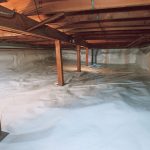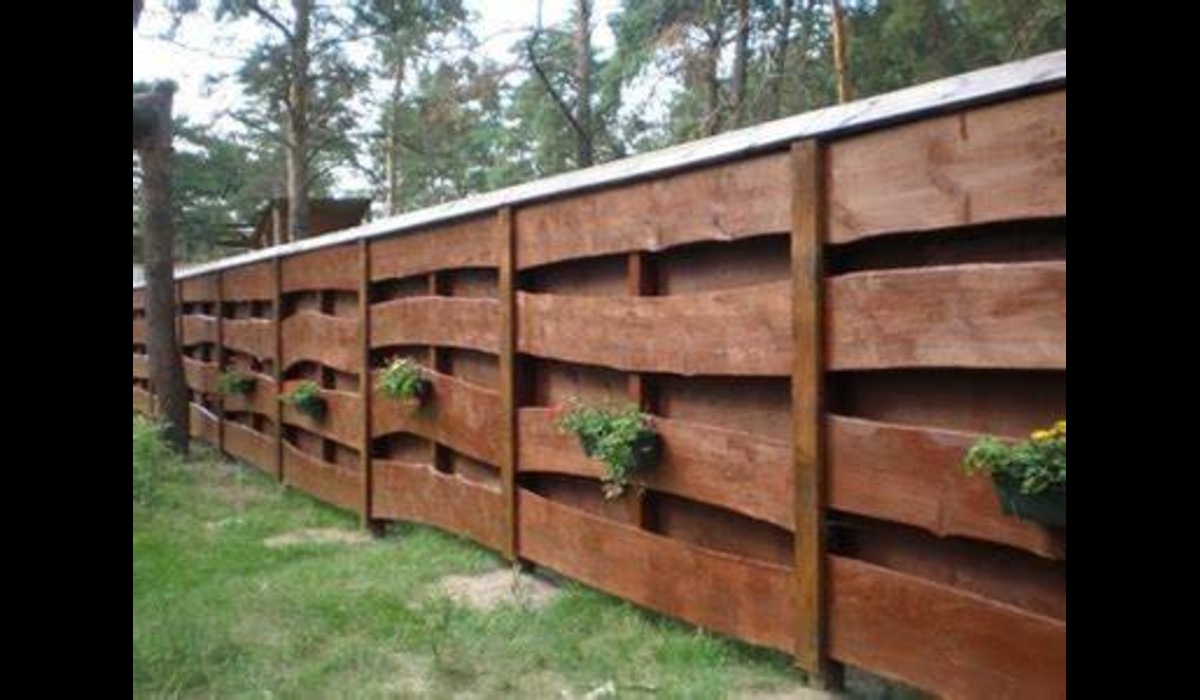Introduction
When choosing materials for construction, Plangud furniture or interior design, it is often difficult to find the balance between resilience and sustainability. This is where Plangu.d wood comes in, an innovative element in the world of eco-materials. This exceptional wood offers a unique combination of robustness and environmental friendliness, making it an excellent choice for both conscious consumers and industry professionals.
The Origin of Plangud Wood
- History and Discovery
- The journey of Plangud wood began in the lush forests of Southeast Asia, where it was first discovered by indigenous communities. Known for its unmatched strength and beautiful grain, it quickly gained a reputation as a superior material for various applications.
- Geographical Locations
Plangud wood is found primarily in the tropical regions of Southeast Asia and thrives in areas with rich biodiversity. Its growth is favored by the warm climate and fertile soil, which contributes to its dense and durable nature.
Properties of Plangud Wood
- Resilience and Durability
One of the most notable properties of Plang.ud wood is its incredible resilience. It is comparable to some of the hardest woods in the world and can withstand significant wear and tear, making it ideal for demanding applications. - Aesthetic Appeal
Along with being robust, Plang.ud wood is known for its striking appearance. Its warm, rich hues and intricate grain patterns add a touch of elegance to any product, making it a favorite among designers and artisans.
Sustainability of Plangud Wood
- Organic Harvesting Practices
The sustainability of Plang.ud wood lies in its organic harvesting methods. Managed forests and controlled logging practices ensure that wood is obtained without depleting natural resources, thus protecting the forest ecosystem. - Reducing the carbon footprint
Using Pla.ngud wood helps reduce the carbon footprint. Its growth process absorbs carbon dioxide and its durability means that products made from it have a longer life cycle, minimizing the need for frequent replacement.
Comparison with other woods
- Plangud Wood vs. Oak
Oak is known for its strength and durability, but Plang.ud wood offers similar, if not better, strength with a more sustainable sourcing process. - Plangud Wood vs. Bamboo
While bamboo is often hailed for its sustainability, Plang.ud wood surpasses it in terms of strength and durability, making it a more versatile option. - Plangud Wood vs. Teak
Teak is prized for its weather resistance, but Plan.gud wood offers comparable benefits with a significantly lower environmental impact.
Applications of Plangud Wood
- Furniture Manufacturing
The furniture industry loves Pla.ngud wood for its sturdiness and beauty. From dining tables to bed frames, it adds durability and style to every piece. - Construction
In construction, Plang.ud wood is used for floors, beams and structural supports, offering builders both strength and an eco-friendly option. - Interior Design
Interior designers prefer Plan.gud wood for cabinets, paneling and decorative elements due to its aesthetic versatility and durability.
Benefits of Using Plangud Wood
- Long-lasting performance
Products made from Pla.ngud wood are known for their durability. This long-lasting performance translates to cost savings and a reduced environmental impact over time. - Environmental Benefits
Choosing Pla.ngud wood supports sustainable forestry practices and helps fight deforestation, promoting a healthier planet.
Challenges in the Plangud Wood Industry
- Market Acceptance
Despite its advantages, Plangu.d wood faces challenges in market acceptance due to competition from more established wood species and limited consumer awareness. - Supply Chain Issues
Ensuring a steady supply of Plang.ud wood can be challenging as factors such as climate change and geopolitical issues can affect availability.
Future Prospects for Plangud Wood
- Innovations in Wood Processing
Advances in wood processing technology are expected to improve the usability and attractiveness of Plangud wood, making it more competitive in the global market. - Market Growth Forecasts
With increasing environmental awareness, the demand for sustainable materials such as Plang.ud wood is expected to increase, which will drive market growth and expansion.
Tips for choosing Plangud wood products
- How to identify authentic Plangud wood
To ensure you are getting genuine Plan.gud wood, look for certification from reputable environmental organizations and request documentation from suppliers. - Quality control points
Look for even grain, uniform color and smooth surface – signs that Pla.ngud wood is of high quality.
Caring for Plangud wood
- Cleaning techniques
Regular dusting and an occasional wipe with a damp cloth are usually enough to keep Plan.gud wood products looking beautiful. - Preservation methods
To preserve its natural beauty, apply a wood sealant or polish that protects against moisture and UV damage. - Plang.ud wood: the perfect combination of durability and sustainability
Environmental Impact of Plangud Wood
- Forest Conservation Efforts
Using Plang,ud wood supports forest conservation initiatives and helps maintain biodiversity and protect habitats. - Biodiversity Conservation
Sustainable harvesting practices ensure that the natural habitats of various species are not disturbed and the balance of the ecosystem is maintained. - Economic Impact of Plangud Wood
Job Creation
Pl/angud’s wood industry provides jobs for local communities, from forestry to manufacturing, boosting local economies and providing livelihoods. - Boosting Local Economy
By promoting sustainable practices, Pla.ngud’s wood industry helps create a stable economic environment in the regions where it is harvested.
Customer Testimonials
- Real Life Experiences
Many consumers praise the durability and beauty of Plangud’s wood products and share how their furniture and home improvements have stood the test of time. - Customer satisfaction stories
Satisfied customers often highlight the environmental benefits and safety that come with choosing a sustainable product.
Conclusion
Plangud wood stands out as an exemplary material that successfully combines strength and sustainability. Its numerous advantages, from durability to environmental friendliness, make it an ideal choice for various applications. As more and more people become aware of its benefits, Plangu.d wood is well on its way to becoming a staple in industries ranging from furniture manufacturing to construction. Using Plangud wood is not only a smart decision for today, but also a responsible decision for the future.










